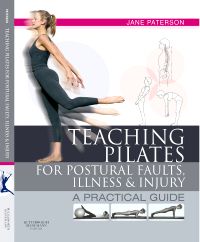Teaching pilates for postural faults, illness and injury, 1st Edition
a practical guide
Author :
Jane Paterson
Pilates is a particularly safe and effective exercise system which aims to strengthen the body in a balanced way by specifically improving the function of the weaker muscle groups. Emphasis is placed on strengthening the muscles of the trunk so that
...view more
Pilates is a particularly safe and effective exercise system which aims to strengthen the body in a balanced way by specifically improving the function of the weaker muscle groups. Emphasis is placed on strengthening the muscles of the trunk so that support of the spine increases plus posture and shape improve. The exercises enhance overall flexibility and fitness, improving co-ordination and balance. Muscles are gently stretched and lengthened as the exercises progress and overall body strength improves.
Your discount code here : #FB456
Pilates is a particularly safe and effective exercise system which aims to strengthen the body in a balanced way by specifically improving the function of the weaker muscle groups. Emphasis is placed on strengthening the muscles of the trunk so that support of the spine increases plus posture and shape improve. The exercises enhance overall flexibility and fitness, improving co-ordination and balance. Muscles are gently stretched and lengthened as the exercises progress and overall body strength improves.
Key Features
- describes the underlying principles of the exercises in physical terms
- describes the treatment of common medical conditions
- provides a manual for those in the remedial health care professions
Author Information
By Jane Paterson, RGN,Adult Education Teacher, Pilates Teacher and Teacher Trainer, trained classical dancer, Member of the Pilates Foundation, Royal Academy of Dance, Royal College of Nursing, Nursing and Midwifery Council
| ISBN Number | 9780750656474 |
|---|---|
| Main Author | By Jane Paterson, RGN,Adult Education Teacher, Pilates Teacher and Teacher Trainer, trained classical dancer |
| Copyright Year | 2009 |
| Edition Number | 1 |
| Format | Book |
| Trim | 189w x 246h (7.44" x 9.68") |
| Imprint | Butterworth-Heinemann |
| Page Count | 284 |
| Publication Date | 21 Dec 2008 |
| Stock Status | IN STOCK - This may take up to 5 business days to ship |
Chapter 1 Good posture and how it can be achievedIntroduction,Good erect posture,Postural faults,Useful tests,Tables of exercises for addressing postural faultsChapter 2 Common medical conditions and problemsEating disorders,Obesity,Chronic fatigue syndrome,Epilepsy,Multiple sclerosis,Parkinson`s disease,Diabetes mellitus,Thyroid disease,Osteoporosis,Osteoarthritis,Rheumatoid arthritis ,Psoriatic arthritis,Gout,Hypertension,Coronary heart disease,Cerebrovascular disease,Chronic obstructive pulmonary disease,Asthma,Gastrointestinal problems,Neck problems,Back problems,Hip problems,Knee problems,Lower leg problems,Ankle and foot problemsChapter 3 Anatomy review – torso, lower limbs and feet:Thoracic cage,Vertebral column,Pelvic girdle,Hip joint,Knee joint,Ankle joint and footChapter 4 Exercises for core stabilization and efficient movement:Prerequisite preparatory exercises,Basic core strengthening exercisesChapter 5 Anatomy review – the upper limb:Pectoral girdle,Elbow joint,Wrist jointChapter 6 Upper body, stretching and overall joint mobilization exercises:Exercise list,Basic upper body exercisesStretching, joint mobilization and exercises to improve foot alignment, mobility and strengthChapter 7 The teaching processWhile the learner is doingthe exercise,Instruction,Further ways to improve your teachingChapter 8 Health and safetySafe, effective practice,The working spaceAppendix 1 Sample client record formAppendix 2 Sample postural assessment formAppendix 3 Suggested further reading on anatomy
Write Your Own Review
Only registered users can write reviews. Please sign in or create an account
product
https://www.us.elsevierhealth.com/teaching-pilates-for-postural-faults-illness-and-injury-9780750656474.html
5699
Teaching pilates for postural faults, illness and injury
https://www.us.elsevierhealth.com/media/catalog/product/9/7/9780750656474.jpg
39.95
39.95
USD
InStock
/Health Professions/Physical Therapy and Rehabilitation
/Books
22
5255039
1
3
6
5145120
Pilates is a particularly safe and effective exercise system which aims to strengthen the body in a balanced way by specifically improving the function of the weaker muscle groups. Emphasis is placed on strengthening the muscles of the trunk so that support of the spine increases plus posture and shape improve. The exercises enhance overall flexibility and fitness, improving co-ordination and balance. Muscles are gently stretched and lengthened as the exercises progress and overall body strength improves. Pilates is a particularly safe and effective exercise system which aims to strengthen the body in a balanced way by specifically improving the function of the weaker muscle groups. Emphasis is placed on strengthening the muscles of the trunk so that support of the spine increases plus posture and shape improve. The exercises enhance overall flexibility and fitness, improving co-ordination and balance. Muscles are gently stretched and lengthened as the exercises progress and overall body strength improves.
0
0
add-to-cart
9780750656474
2011 and earlier
Professional
By Jane Paterson, RGN,Adult Education Teacher, Pilates Teacher and Teacher Trainer, trained classical dancer
2009
1
Book
189w x 246h (7.44" x 9.68")
Butterworth-Heinemann
284
Dec 21, 2008
IN STOCK - This may take up to 5 business days to ship
By <STRONG>Jane Paterson</STRONG>, RGN,Adult Education Teacher, Pilates Teacher and Teacher Trainer, trained classical dancer, Member of the Pilates Foundation, Royal Academy of Dance, Royal College of Nursing, Nursing and Midwifery Council
Books
Books
No
No
No
No
Please Select
Please Select
Please Select
Related Products
-
20% OFF
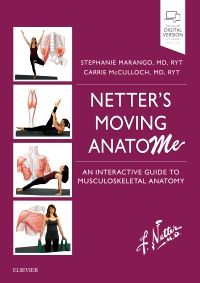 Book
Book
-
20% OFF
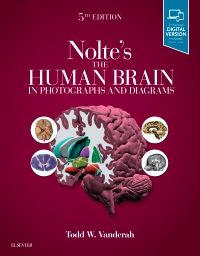 Book
Nolte's The Human Brain in Photographs and Diagrams
Book
Nolte's The Human Brain in Photographs and DiagramsTodd W. Vanderah
Jan 2019
Special Price $51.19 $63.99 -
20% OFF
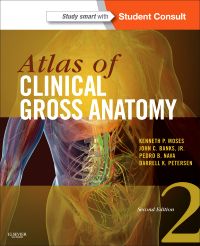 Book
Book
-
20% OFF
 Flash Cards
Flash Cards
-
20% OFF
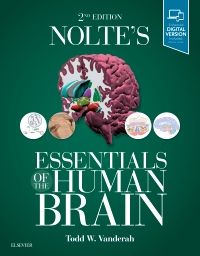 Book
Book
-
20% OFF
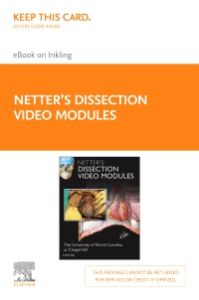 Online Resource
Netter's Dissection Video Modules (Retail Access Card)
Online Resource
Netter's Dissection Video Modules (Retail Access Card)University of North Carolina Chapel Hill and Frank H. Netter
Oct 2015
Special Price $144.79 $180.99 -
20% OFF
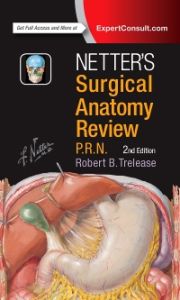 Book
Book
-
20% OFF
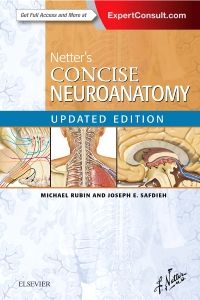 Book
Book
-
20% OFF
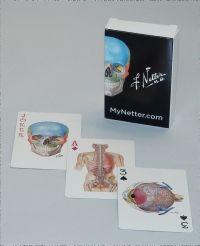 Flash Cards
Flash Cards
-
20% OFF
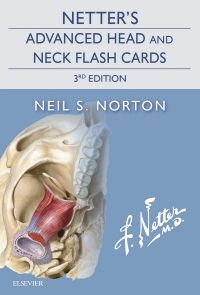 Flash Cards
Flash Cards




